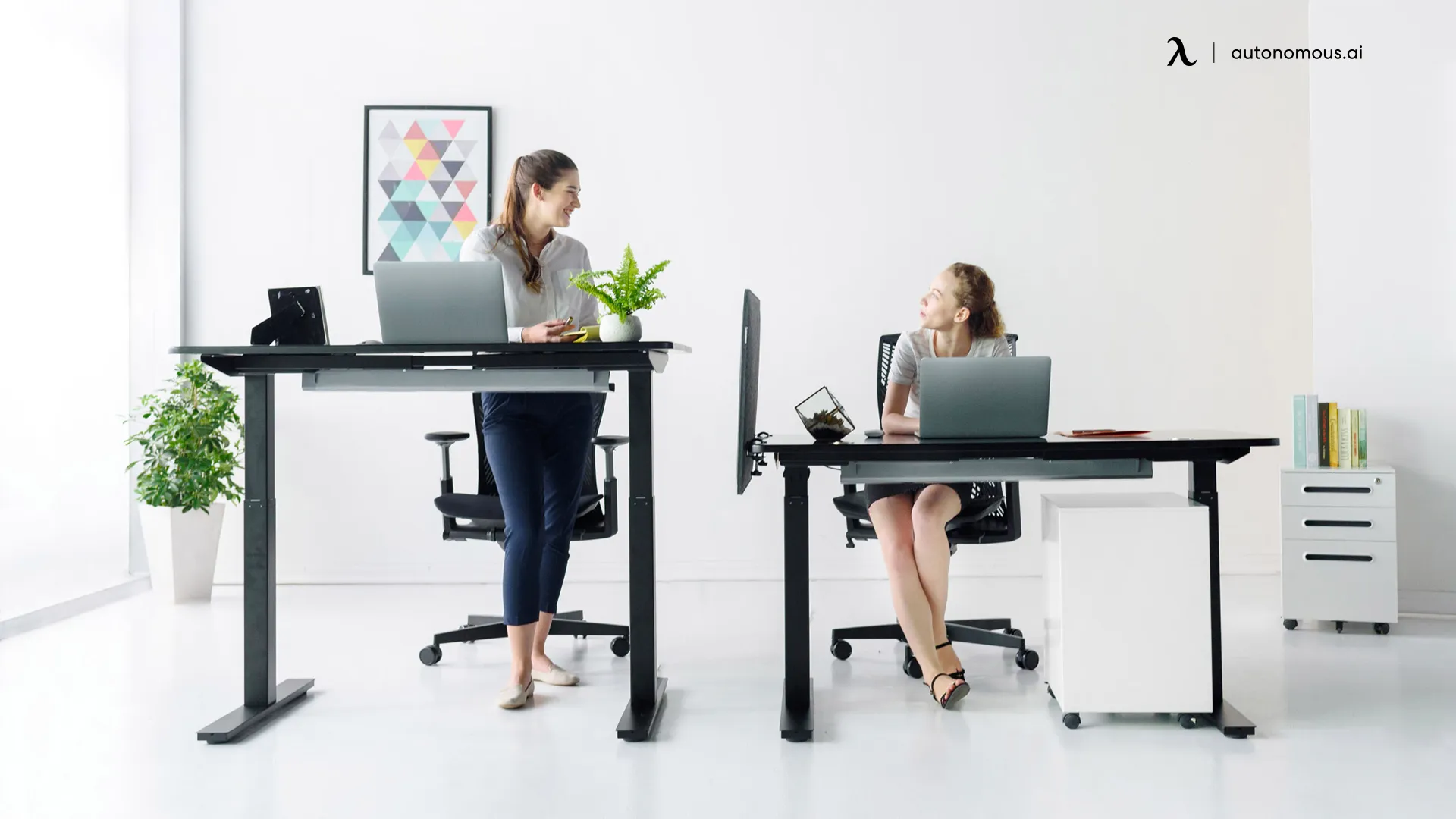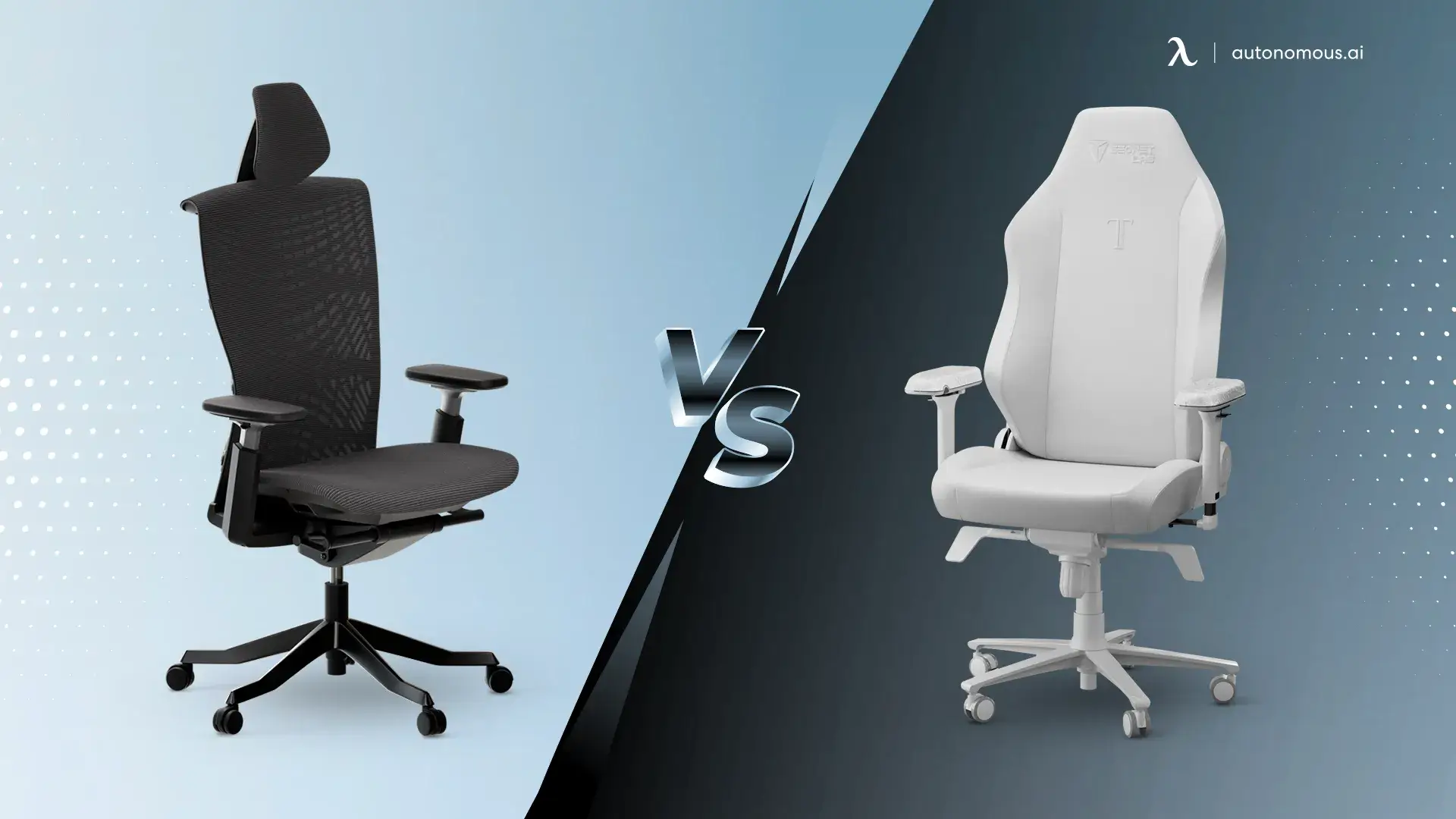- Newest
- Most viewed
Interested in a Link Placement?

Why Office Air Quality Deserves More Attention
Office air quality often goes unnoticed. Learn why indoor air matters at work and how everyday conditions influence comfort and wellbeing.
Work Wellness | Jan 19, 2026 856 views

DTLR Employee Discount: How Much It Is and How to Use
Latest Updates | Jan 18, 2026 673 views

Is the Secretlab Titan Evo NanoGen Gaming Chair Comfortable for Long Sitting?
Gaming Setup | Jan 17, 2026 118 views

How to Lose Weight With PCOS When You Work at a Desk
Work Wellness | Jan 16, 2026 383 views

Is the Secretlab MAGNUS Pro Standing Desk Worth It?
Smart Products | Jan 13, 2026 896 views

The Humanoid Paradox: Why We Build Machines in Our Image (Despite the Flaws)
Latest Updates | Jan 15, 2026 610 views
.webp)
Is a Zero-Gravity Chair Ergonomic?
Smart Products | Jan 15, 2026 921 views

Hibbett Employee Discount Guide: What You Should Know
Latest Updates | Jan 14, 2026 666 views

How Many Steps Does It Take to Burn 1,000 Calories?
Work Wellness | Jan 12, 2026 247 views

Should You Buy the LiberNovo Omni Ergonomic Chair?
Latest Updates | Jan 9, 2026 1,231 views

What Is the Garage Employee Discount? A Complete Guide
Latest Updates | Jan 8, 2026 1,105 views

Spirit Halloween Employee Discounts and Benefits
Remote Working | Jan 7, 2026 403 views
.svg)
